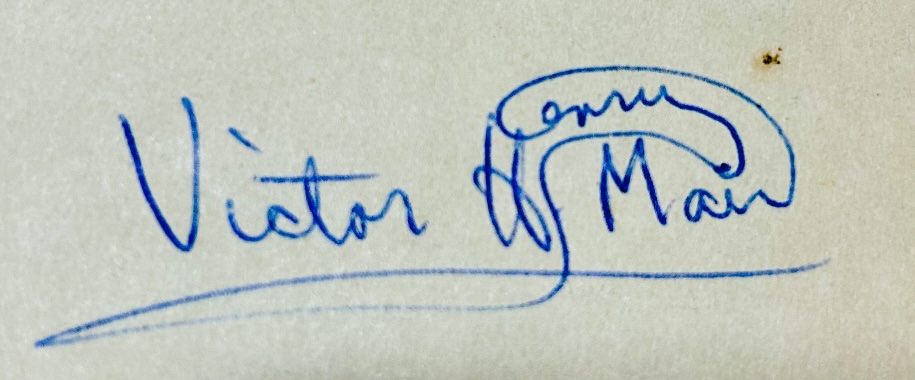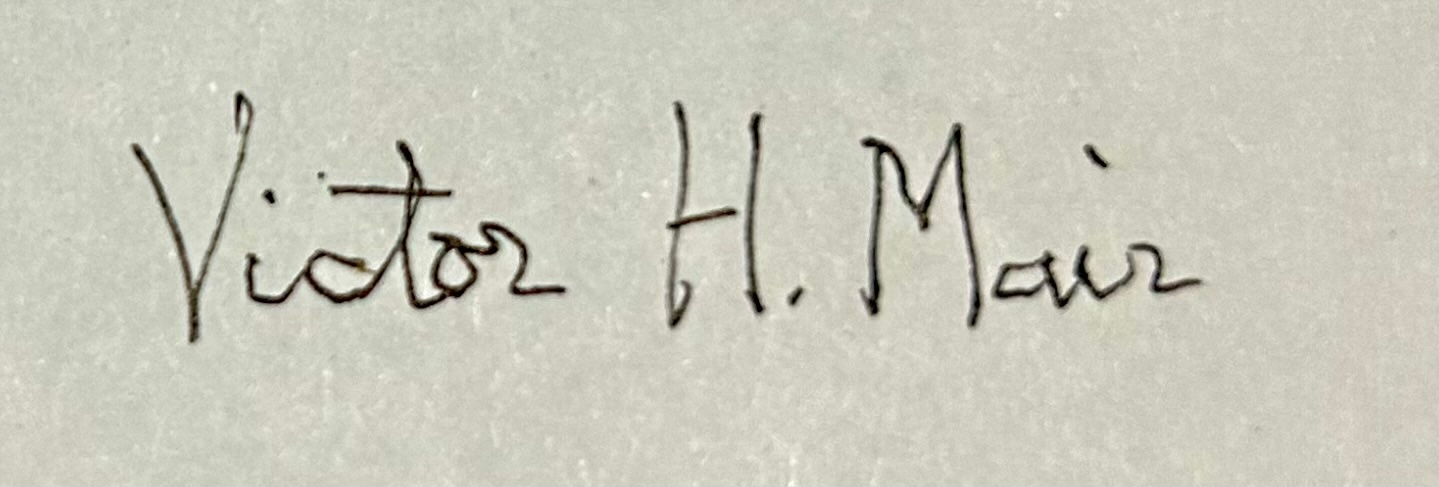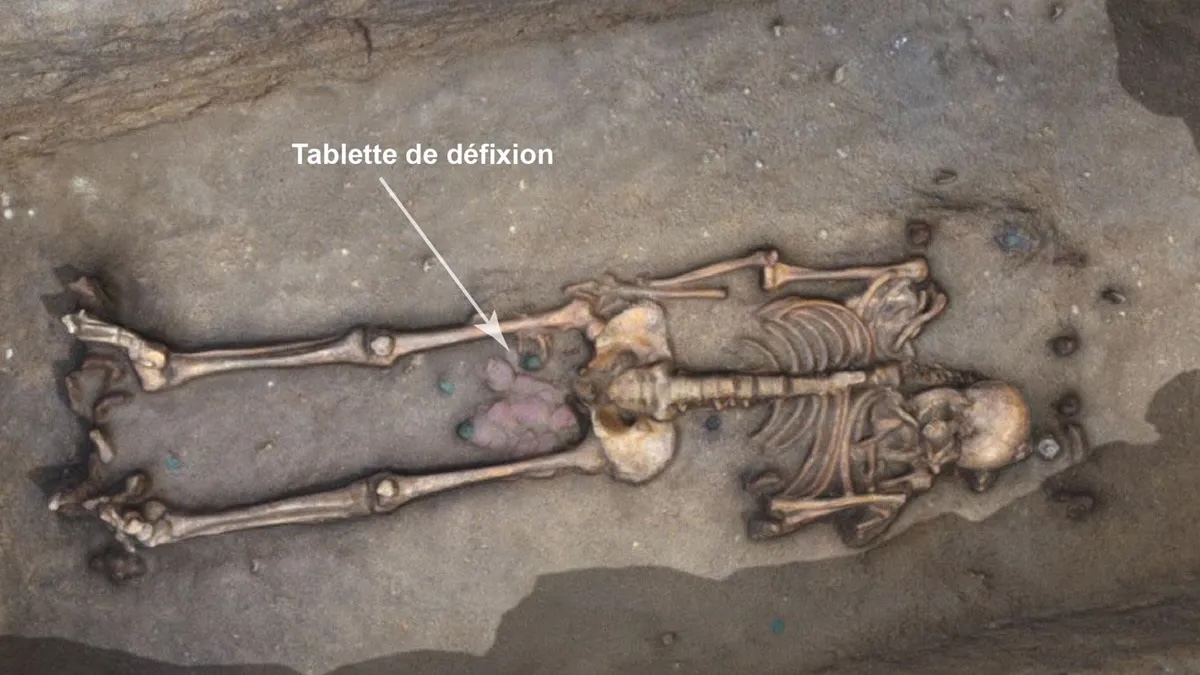Does handwriting still matter?
It's a subject that won't go away.
When I was in high school, I concocted an embarrassingly sophomoric signature:
I wrote that iteration of my youthful signature on the front flyleaf of my beloved Webster's New Collegiate Dictionary (1960), which, from that year till today has been one of my most precious possessions.
When I went away to college in 1961 and ever since, I adopted a signature that was the exact antithesis of that early one:
It was / is mechanical and measured, with no flourishes whatsoever.
Most people I know have one of three basic types of signatures:
1. extravagant, fast, illegible — these are usually "important" people who have to sign their signature scores of times each week; doctors; lawyers; executives; entertainers….
2. beautiful, well-composed, flowing, legible — my sisters, most women
3. crotched, cramped, crooked, angular, unesthetic, slow — my brothers and me, engineers, scientists, who write with what I call "chicken scratches"
Read the rest of this entry »



